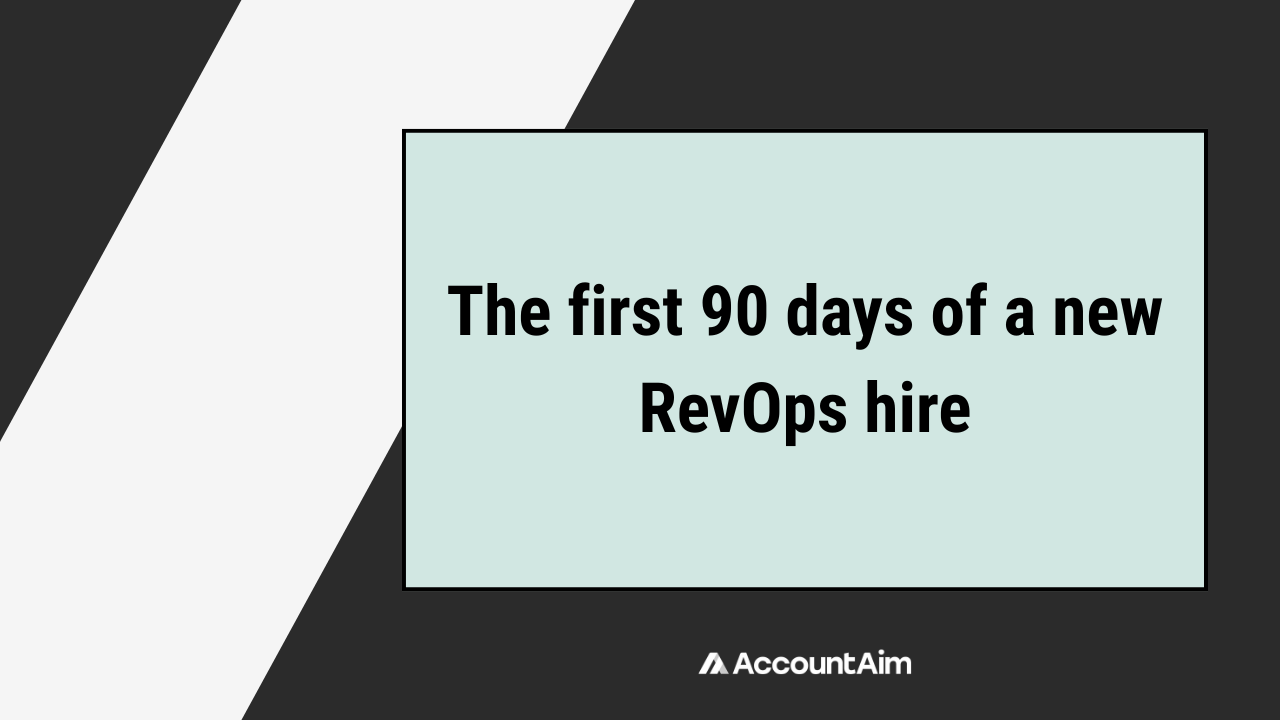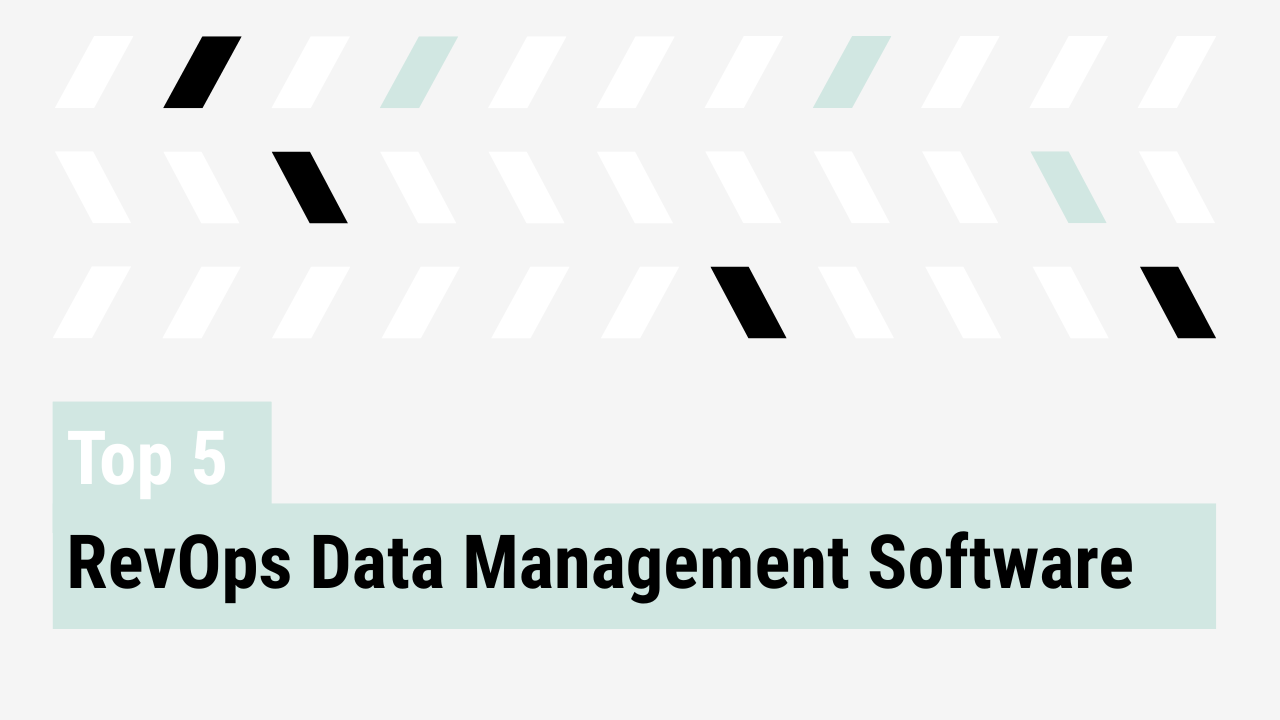Hiring a new RevOps leader represents a key opportunity for operational improvement. It can create clarity across functions and align systems and outcomes. The first 90 days set the trajectory. When approached deliberately, this period fosters strategic enablement and organizational momentum. Without structure, it can lead to inefficiency and missed opportunities.
If you’re a RevOps leader onboarding someone new or a GTM executive defining expectations, this phased approach offers a structured roadmap for success.
Days 1–30: Listen, learn, and map the business
In the first month, the emphasis should be on understanding rather than execution. The most effective RevOps hires begin by absorbing context. Listening to stakeholders across Sales, Marketing, Customer Success, and Finance allows them to map the business environment accurately. Shadowing workflows like lead routing and opportunity reviews reveals how teams operate day to day.
This is also the time to conduct foundational audits. Understanding CRM health, reporting gaps, and system dependencies is essential. These insights should be compiled into a “lay of the land” document, which identifies areas of stability, pain points, and near-term improvement opportunities.
“The discovery phase allows you to jot down something I call a lay of the land document… building relationships with cross-function departments. And while you’re doing it, probably knock out some quick wins to gain that trust.”
— Hassan Irshad
The goal of this phase is to build context, establish credibility, and develop a structured backlog of priorities.
Days 31–60: Deliver early wins and prioritize big rocks
In the second month, the RevOps hire begins translating understanding into visible results. Small but impactful changes (such as fixing dashboards, automating lead routing, or improving forecast accuracy) provide value while reinforcing trust across the organization.
This phase should also include a prioritization process. Using frameworks such as an Eisenhower matrix or impact/effort analysis, the RevOps function can translate a backlog into a focused, validated roadmap. Engaging leadership throughout ensures alignment and builds shared accountability.
“Even the small wins put so much wind in the RevOps team sails… you just adjusted this little thing that only you probably know how to do… let it be perceived as a big win.”
— Alex Miller
The outcomes here include increased credibility, stakeholder confidence, and clear direction for more strategic initiatives.
Days 61–90: Shift from reactive to strategic
With initial trust established and operational friction reduced, the focus in the third month should shift toward launching foundational projects. These might include refining the forecasting process, improving attribution logic, or aligning pipeline definitions across GTM functions.
At this stage, the RevOps function should begin implementing consistent operating rhythms. These may include weekly metrics reviews or monthly roadmap updates. The role transitions from support to leadership through proactive planning and execution.
It is also critical to document the scope and structure of the function itself. Formalizing the RevOps charter, backlog, workflows, and hiring plan ensures continued alignment and scalability.
The First 90 Days: A Strategic Blueprint
| Phase | Focus | Objectives & Deliverables |
| Days 1–30 | Listen, learn, map | Context, relationships, backlog, early fixes |
| Days 31–60 | Quick wins + big rocks | Prioritized roadmap, early wins, exec validation |
| Days 61–90 | Strategic execution | Launch major projects, build trust, codify RevOps |
Final Takeaway
RevOps plays a critical role in driving alignment and operational efficiency. The first 90 days serve as a foundation for long-term impact. Through a structured approach that prioritizes context, early execution, and strategic planning, the RevOps function can accelerate performance and unlock cross-functional clarity.
By investing in a deliberate onboarding process, organizations can set a new RevOps hire up for success and position the entire GTM motion for smarter, more scalable growth.



